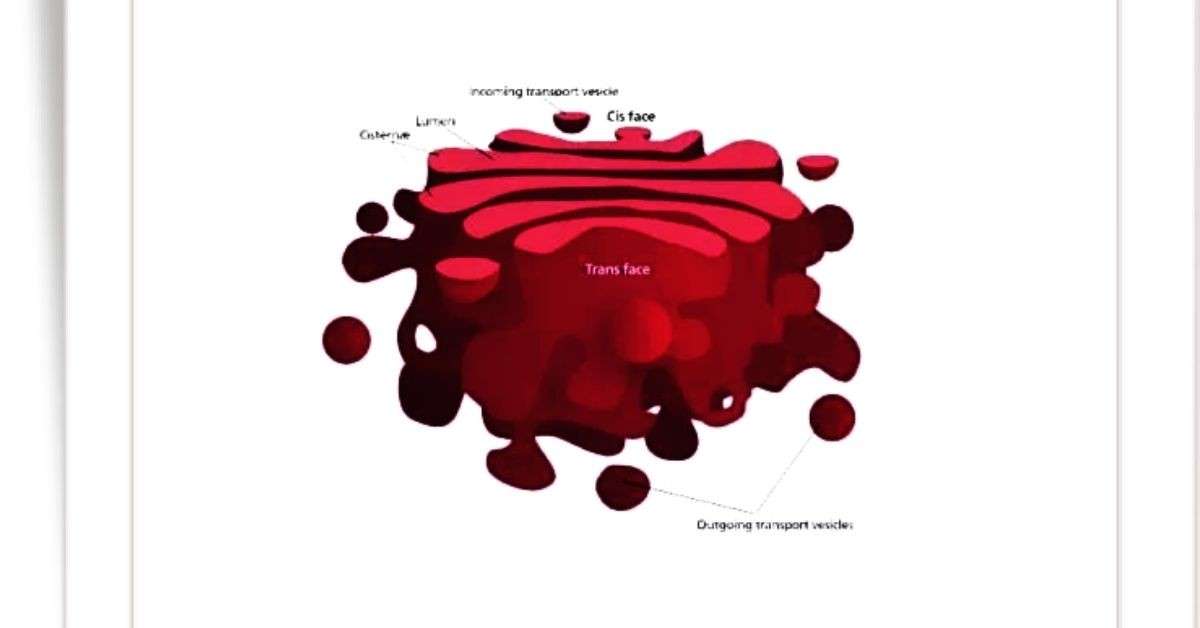Golgi body is a parallelly arranged sac-like and flattened structure. It is bounded by membrane and is found in almost all eukaryotic cells. It is placed in the cytoplasmic matrix near the nucleus. It has various name such as Golgi apparatus, Golgiosome, Golgi complex, Lipochondira. In case of plant cell, it is also known as Dictyosome. In 1898, it was first noticed in the nerve cell of brain of owl by Camillo Golgi.
Occurrence: They are generally present in the cytoplasm near the nucleus but in the glandular cells, they are located between the nucleus and apex of the cell.
Structure of the Golgi body
Its shape varies from cell to cell. It is large in nerve cell and small in muscle cells. The nerve cell, liver cell and most of the plant cells contain multiple Golgi bodies. It forms from plasma membrane, nuclear envelop and endoplasmic reticulum. Generally, Golgi body consists of three membranous components such as:
- Cisternae
- Small tubules and vesicles
- Large vacuoles

Cisternae: They are parallely arranged sacs like structure which are covered by smoothed-surfaced single membrane and piled one upon the other to form stacks. The number of sacs in the stack ranges from 3-20 in number which depends on the cell type. They are usually equally spaced in the stack.
Small vesicles: The vesicles are small droplet-like sacs and originate from the cisternae by building or “pinching off” process.
Large vacuoles: They are clear and large sac-like structures. They contain electron-dense materials.

Functions of Golgi body
- It plays an important role to form the cell wall at the end of the mitosis cell division.
- They help to form new plasma membrane.
- They form primary lysosomes.
- They take part in the protein secretion.
- It takes part in the formation of acrosome of the sperm.
- It is responsible for neurosecretion.
- They play an important role in the transport of lipids throughout the cells.
- It releases the protein molecule out of the cell.
You may also read: Mitochondria and its functions

